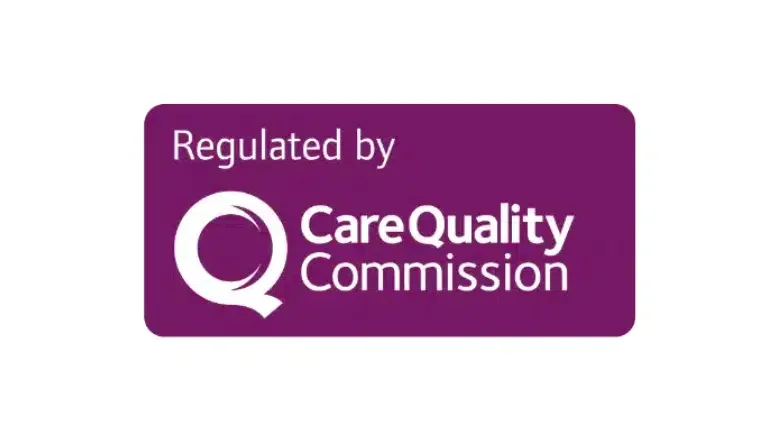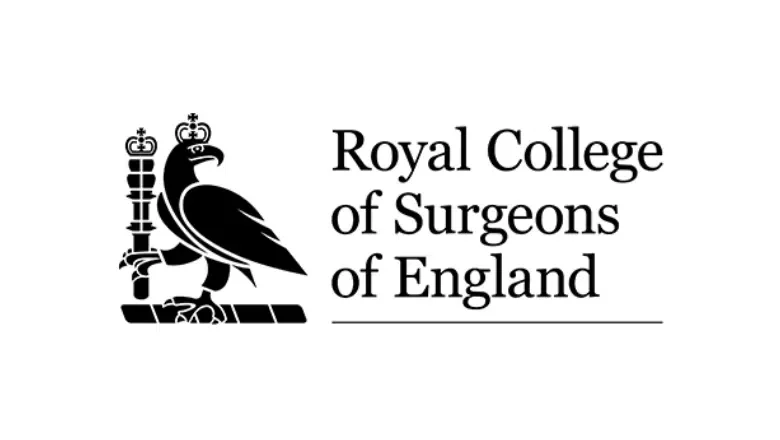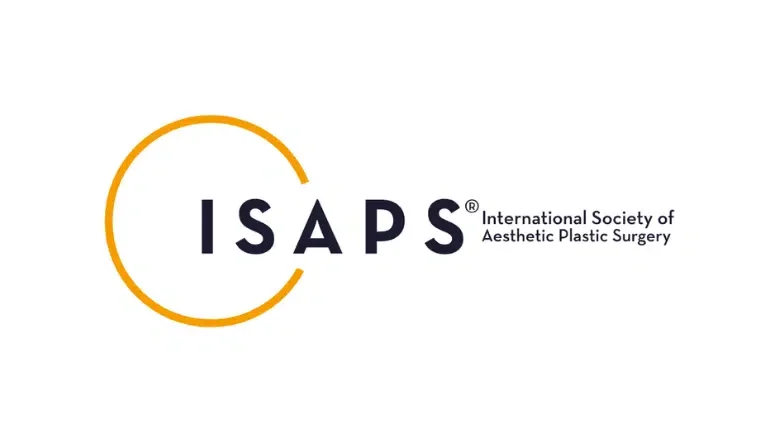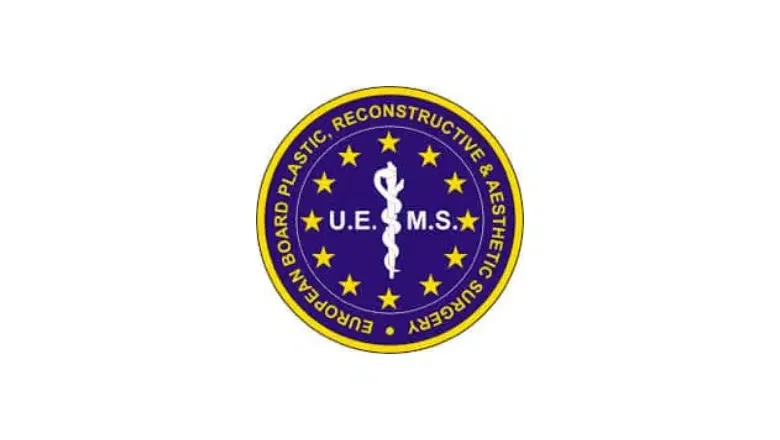Revision Tummy Tuck Surgery – Can I get a Tummy Tuck Twice?
Revision tummy tuck surgery, also known as secondary abdominoplasty, is a procedure aimed at addressing complications or unsatisfactory results from a previous tummy tuck surgery. This procedure is designed to refine and enhance the abdominal contour by rectifying any issues that may have arisen after the initial surgery. Some common reasons for considering revision tummy tuck surgery include the following:
Dissatisfaction with initial results
Some patients may be unhappy with the outcome of their first tummy tuck procedure due to factors such as uneven contours, residual loose skin, or unsightly scarring. A revision tummy tuck can help improve these issues and achieve a more satisfying result.
Changes due to a new pregnancy
A subsequent pregnancy can alter the results of an initial tummy tuck by stretching the abdominal muscles and skin. In such cases, revision surgery may be necessary to restore the desired abdominal contour.
Postoperative weight fluctuations
Significant weight gain or loss following a tummy tuck can affect the appearance of the abdomen, leading to excess skin or fat accumulation. A revision surgery can help address these issues and restore a firmer, flatter abdominal profile.
Revision tummy tuck surgery involves the removal of excess skin and fat from the abdomen, as well as the tightening of abdominal muscles and fascia as needed. This procedure can offer a solution for patients experiencing loose or sagging tissues following pregnancy or significant weight loss. Additionally, revision tummy tuck surgery can improve core strength, skin laxity, abdominal contour, and correct separated abdominal muscles, such as in diastasis recti surgery.
RELATED: What to expect from revision cosmetic surgery
Ideal Candidates for Revision Tummy Tuck Surgery
There are several reasons why patients may choose to undergo a revision tummy tuck procedure. Some of the most common reasons include:
Subpar aesthetic outcomes
Some patients may be dissatisfied with the results of their initial tummy tuck, such as residual fat bulges or a poorly contoured abdominal area. A revision surgery can help refine the abdominal contour and address these issues.
Uneven abdomen or loose skin
If the initial tummy tuck left the patient with an uneven abdomen or excess loose skin, a revision surgery can help to even out the abdominal contour and remove any remaining excess skin.
Inadequate muscle repair
If the initial tummy tuck failed to repair separated abdominal muscles adequately, a revision surgery can provide the necessary muscle tightening and reinforcement.
Unsatisfactory scarring from the previous surgery
Patients may be unhappy with the appearance of the scar resulting from their initial tummy tuck, due to its placement, size, or presence of dog ears (large lumps at the end of the scar). A revision surgery can address these concerns and improve the appearance of the scar.
Recurrent hernia
In cases where a hernia has reappeared following the initial tummy tuck, a revision surgery may be necessary to repair the hernia and prevent future occurrences.
Tummy Tuck Dog Ears – How to Address Them
Tummy tuck dog ears refer to the folds of skin that sometimes develop at the ends of the scar resulting from a tummy tuck surgery. Although they are a common side effect, they often diminish as swelling subsides, typically within six to nine months. In some cases, however, dog ears may persist and require surgical removal.
To prevent the formation of dog ears, it is essential to address the underlying cause, which is excessive fat. Undergoing tummy tuck surgery when you are close to your ideal weight can reduce the risk of developing dog ear scars. Excess fat can make it challenging to tighten the skin properly when closing the incision, resulting in a puffy appearance at the incision site, known as “dog ears.” If dog ears do not resolve on their own, a minor revision surgery can be performed under local anaesthesia in a clinic setting. Generally, it is recommended to wait at least 3-4 months after the initial tummy tuck surgery before undergoing a corrective procedure, allowing for swelling to subside. Post-revision, drains are usually not necessary, as dog ear removal is a minor procedure that can be easily carried out with a local anaesthetic.
Dog Ear Revision Recovery Time
The results of a dog ear abdominoplasty revision can be observed once bruising, swelling, and scarring have subsided. The recovery time for this procedure depends on several factors, such as the severity of the deformity, the extent of skin laxity, and the amount of excess tissue present. On average, a tummy tuck dog ear revision takes about an hour to complete, with a full recovery usually taking one to two weeks. It is important to note that the scar may remain visible for up to six months, but its appearance can be minimised over time with the use of scar creams. Typically, the incision line is significantly improved after the revision procedure.
Who is not suitable for an abdominoplasty?
Individuals who may not be suitable candidates for abdominoplasty include:
Those with serious health conditions
Individuals with significant medical issues or chronic illnesses may not be suitable candidates for abdominoplasty due to the increased risk of complications during and after the surgery. It is crucial to discuss your medical history and any health concerns with your surgeon during the consultation to determine if this procedure is safe and appropriate for you.
Those planning to become pregnant
Abdominoplasty surgery involves tightening the vertical muscles of the abdomen, which can be separated during future pregnancies. It is recommended to wait until after completing your family before undergoing this procedure.
Those planning significant weight loss
If you are planning to lose a substantial amount of weight, it is best to postpone abdominoplasty surgery until you have reached your desired weight. Weight fluctuations can negatively impact the surgical results and may necessitate additional procedures.
Tummy Tuck Revision Procedure – what to expect
Here’s what you can expect during a tummy tuck revision procedure:
Anaesthesia
Depending on the extent of the revision surgery, your surgeon may use local anaesthesia with sedation or general anaesthesia to ensure your comfort during the procedure.
Incisions
The surgeon will make incisions that are tailored to your specific needs. They may use the existing scar from your previous tummy tuck or create new incisions to address any scarring, contour irregularities, or other concerns.
Tissue and muscle repair
Your surgeon may remove excess skin, tighten loose muscles, repair separated abdominal muscles, or correct a recurrent hernia, depending on the issues being addressed during the revision surgery.
Closure
Once the necessary corrections have been made, your surgeon will close the incisions using sutures, surgical tape, or adhesive.
Recovery after Revision Abdominoplasty
Recovery after a revision abdominoplasty is generally similar to the recovery process following the initial tummy tuck procedure. However, it is essential to note that each patient’s experience may vary depending on factors such as the extent of the surgery, individual healing abilities, and adherence to post-operative care instructions. Here is a general overview of what you can expect during the recovery process after a revision abdominoplasty:
Immediate Postoperative Care
After the surgery, you will be monitored in a recovery room until the anaesthesia wears off. You may have surgical drains placed to help reduce fluid accumulation and swelling. You will also be provided with a compression garment to wear, which helps minimise swelling and provides support to the abdominal area.
Pain Management
You can expect some discomfort, swelling, and bruising during the initial stages of recovery. Your surgeon will prescribe pain medication to help manage any pain and discomfort, and may also recommend over-the-counter medications to reduce inflammation.
Mobility and Activity
It is essential to start moving around as soon as you can after surgery, taking short, gentle walks to promote circulation and reduce the risk of blood clots. However, avoid any strenuous activities or heavy lifting for at least 4-6 weeks or until your surgeon clears you to resume these activities.
Wound Care
Follow your surgeon’s instructions regarding wound care, including how to clean and care for your incisions, change dressings, and monitor for any signs of infection or complications.
Compression Garment
You will likely be advised to wear a compression garment for several weeks following the revision surgery. This garment helps reduce swelling, provides support to the abdominal area, and helps achieve the desired contour.
Follow-Up Appointments
Attend all follow-up appointments with your surgeon to monitor your healing progress and address any concerns you may have during the recovery process.
Long-Term Results
It may take several months for the swelling to subside completely and for the final results of your revision abdominoplasty to become apparent. It is crucial to maintain a healthy lifestyle, including a balanced diet and regular exercise, to preserve the long-term results of your surgery.
Revision Tummy Tuck FAQs
Can the Stomach Revert to Its Original Size Following Surgery?
After undergoing abdominoplasty, the stomach can return to its pre-surgery size if healthy lifestyle habits are not maintained. To prevent this, it is essential to adhere to a balanced diet and regular exercise regimen. By taking care of your body and maintaining a stable weight, you can enjoy long-lasting results from your tummy tuck procedure.
How Many Abdominoplasty Procedures Can One Undergo?
The number of times an individual can undergo abdominoplasty depends on various factors, including overall health, skin elasticity, and a history of previous surgeries. Typically, it is not recommended to have multiple tummy tucks due to the potential risks and complications associated with repeated surgeries. However, in certain cases, a revision or secondary procedure may be necessary to address complications or achieve desired results. Consult with a specialist plastic surgeon at Centre for Surgery to determine the most appropriate course of action for your specific situation.
Why Does My Stomach Appear Larger After Surgery?
Swelling and inflammation are common after abdominoplasty, which can cause the stomach to appear larger initially. This is a temporary condition that typically subsides over several weeks or months. However, if the swelling persists or worsens, it may be a sign of complications such as seroma or hematoma. It is crucial to consult your surgeon if you have any concerns about your post-operative appearance or healing process.
What Is the Longevity of Abdominoplasty Results?
The duration of tummy tuck results varies from person to person, depending on factors such as age, skin elasticity, and lifestyle habits. In general, abdominoplasty results can last for many years, provided that a stable weight is maintained through a healthy diet and regular exercise. By taking care of your body and following your surgeon’s post-operative care instructions, you can enjoy the benefits of your tummy tuck for an extended period.
Is a Revision Tummy Tuck Worth Considering?
A revision tummy tuck may be worth considering if you are unsatisfied with the results of your initial surgery or have experienced complications that require further intervention. However, undergoing a revision procedure should be carefully weighed against the potential risks and complications associated with additional surgery. Consult with our surgeon to discuss your concerns and determine if a revision tummy tuck is the most appropriate solution for your specific needs.
Reasons to Choose Centre for Surgery for Your Revision Tummy Tuck Surgery
Selecting the right facility and surgical team for your revision tummy tuck is crucial to achieving the desired results and ensuring a smooth recovery. Centre for Surgery is an excellent choice for several reasons:
Expertise in Revision Procedures
Our team of highly skilled plastic surgeons has extensive experience in performing revision tummy tuck surgeries. They possess the necessary knowledge and skillset to address any complications and dissatisfaction arising from a previous procedure, offering you the best chance at achieving your desired results.
Personalised Treatment Plans
Our surgeons take the time to understand your specific concerns and goals before developing a tailored surgical plan to address any issues resulting from your initial tummy tuck. This customised approach ensures that you receive the most appropriate treatment to meet your unique needs.
State-of-the-Art Facilities
Centre for Surgery houses modern, well-equipped facilities at our Baker Street clinic, which adhere to the highest standards of patient safety and care. The advanced technology and equipment available at the centre ensure that your revision procedure is performed in the safest and most comfortable environment possible.
Comprehensive Consultation
Before your revision tummy tuck surgery, you will receive a thorough consultation with your surgeon to discuss your concerns, goals, and expectations. This enables a clear understanding of your needs and the development of a treatment plan designed to achieve the best possible outcome.
Exceptional Patient Care
At Centre for Surgery, we prioritise patient satisfaction and well-being. Our team is dedicated to providing attentive and compassionate care throughout your entire surgical journey, from consultation to recovery. We ensure that you have all the necessary information and support to make informed decisions about your revision tummy tuck surgery.
Postoperative Support
We understand the importance of aftercare following a revision tummy tuck surgery. Centre for Surgery provides comprehensive postoperative support, including detailed care instructions, follow-up appointments, and access to professional advice whenever needed.
Contact us today at 0207 993 4849 or complete the contact form below to schedule an in-depth consultation with a specialist plastic surgeon.










